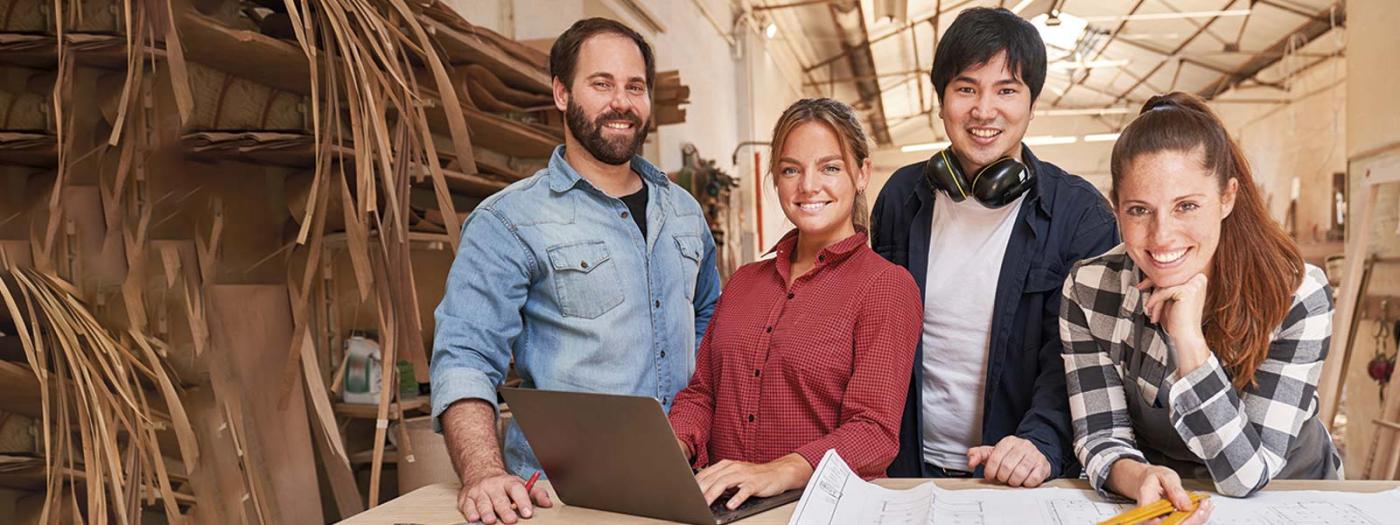1 - Learn to research and design in a transdisciplinary and scalable way to create a system of elements that bring together art, science, and society into a vibrant whole.
2 - Create a unique experience through the design of temporary spaces that connect emotionally with the public, fostering a welcoming and participatory atmosphere.
3 - Use patterns as a source of inspiration in the design of spaces that convey emotion and cognition.
4 - Enhance concepts of sustainability and circular economy.
5 - Learn to tackle a project with a very specific timeframe and budget as the main premise.
6 - Enable students to work in groups, adapt to new situations, and assess specific client needs through the analysis of their space and product.
MASTERCLASS: Lectures by prominent figures in the field that delve into the program content, promoting reflection and sharing professional experiences. The goal of these sessions is to learn from the best.
WORKSHOP: Practical workshops where students apply acquired knowledge through hands-on professional experiences with the following objectives:
- Development of leadership and cooperation skills.
- Enhancement of adaptability to new situations.
- Promotion of teamwork to achieve objectives.
- Encouragement of analysis and decision-making in unexpected situations, under pressure, and outside of their comfort zone.
- Valuing planning as a critical process for achieving expected results.
- Optimal management of time and limited resources in challenging and changing situations.
The course combines theoretical and practical sessions. Sessions will be led by Professor Sonia Garcia Gomez and delivered by various guest speakers.
The minimum required submissions will be as follows:
- A workshop summary document that includes graphic documentation of the process and an analysis of the outcome.
Students must submit all material before the course end date. Submissions will be made both on paper and in digital format, uploaded to a designated folder in the courses eStudy platform.
The evaluation system is based on a scale from 0 to 10, divided into the following grading levels:
- MH - Honors
- 9.0 to 10 - Excellent
- 7.0 to 8.99 - Very Good
- 5.0 to 6.99 - Pass
- 0 to 4.99 - Fail
- NP - Not Presented
Assessment will focus on the students critical and analytical abilities, the quality of the submitted work, the visual presentation of the submission, and the oral explanation. Based on this, students will be evaluated as follows:
- 40% Attendance
- 60% Submission
"Exhibitor Magazine": Revista especializada en exhibiciones y eventos comerciales que ofrece información y consejos prácticos sobre diseño de stands y booths. https://www.exhibitoronline.com
"The Non-Designer's Design Book": Un libro de diseño gráfico para principiantes que incluye consejos y técnicas para la creación de diseños atractivos y efectivos. https://www.amazon.com/NonDesigners-Design-Book-4th/dp/0133966151
"Exhibition Design": Un libro que explora el proceso creativo del diseño de exhibiciones y booths, desde la concepción hasta la ejecución. https://www.amazon.es/ExhibitionDesign-IntroductionPhilip-Hughes/dp/1780...
